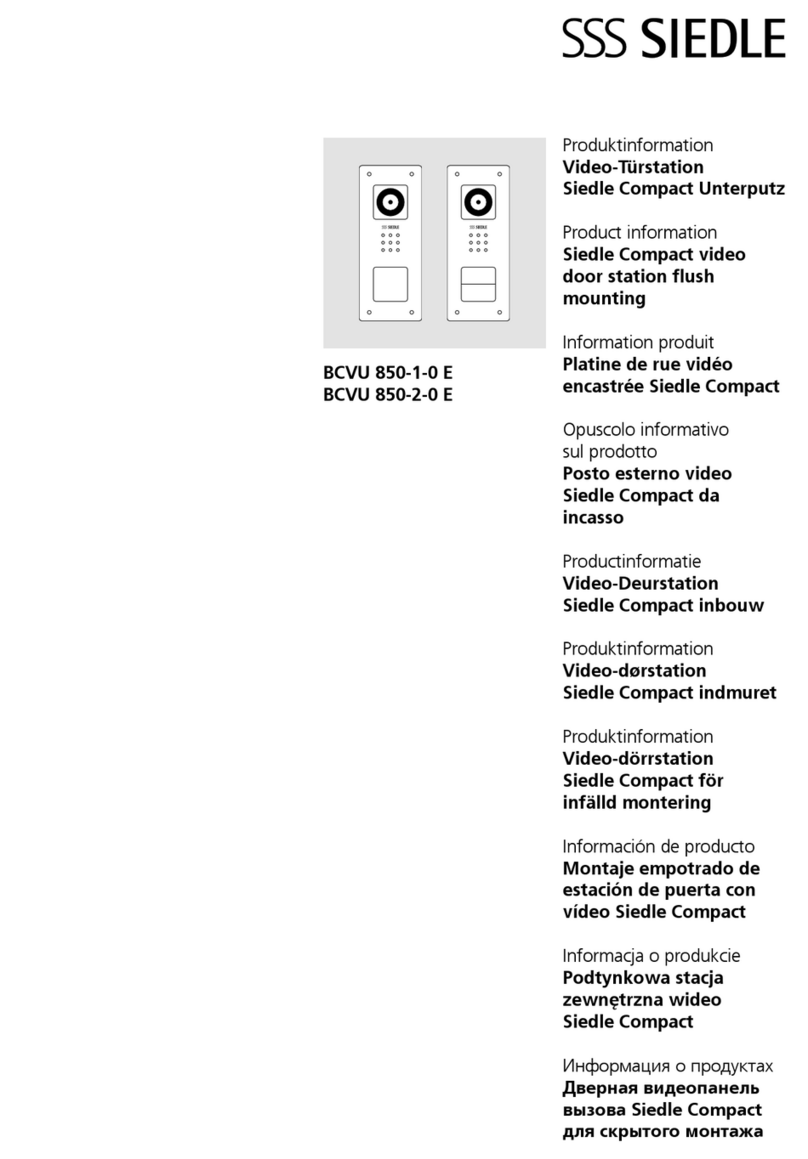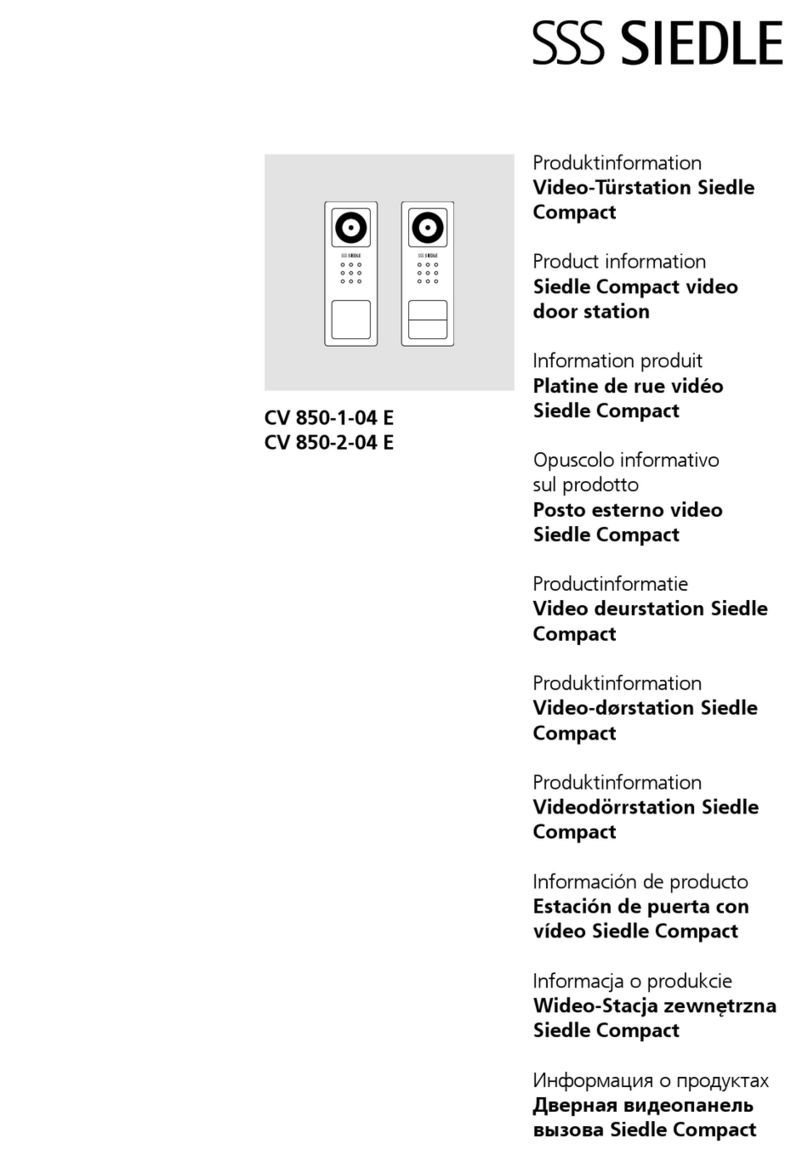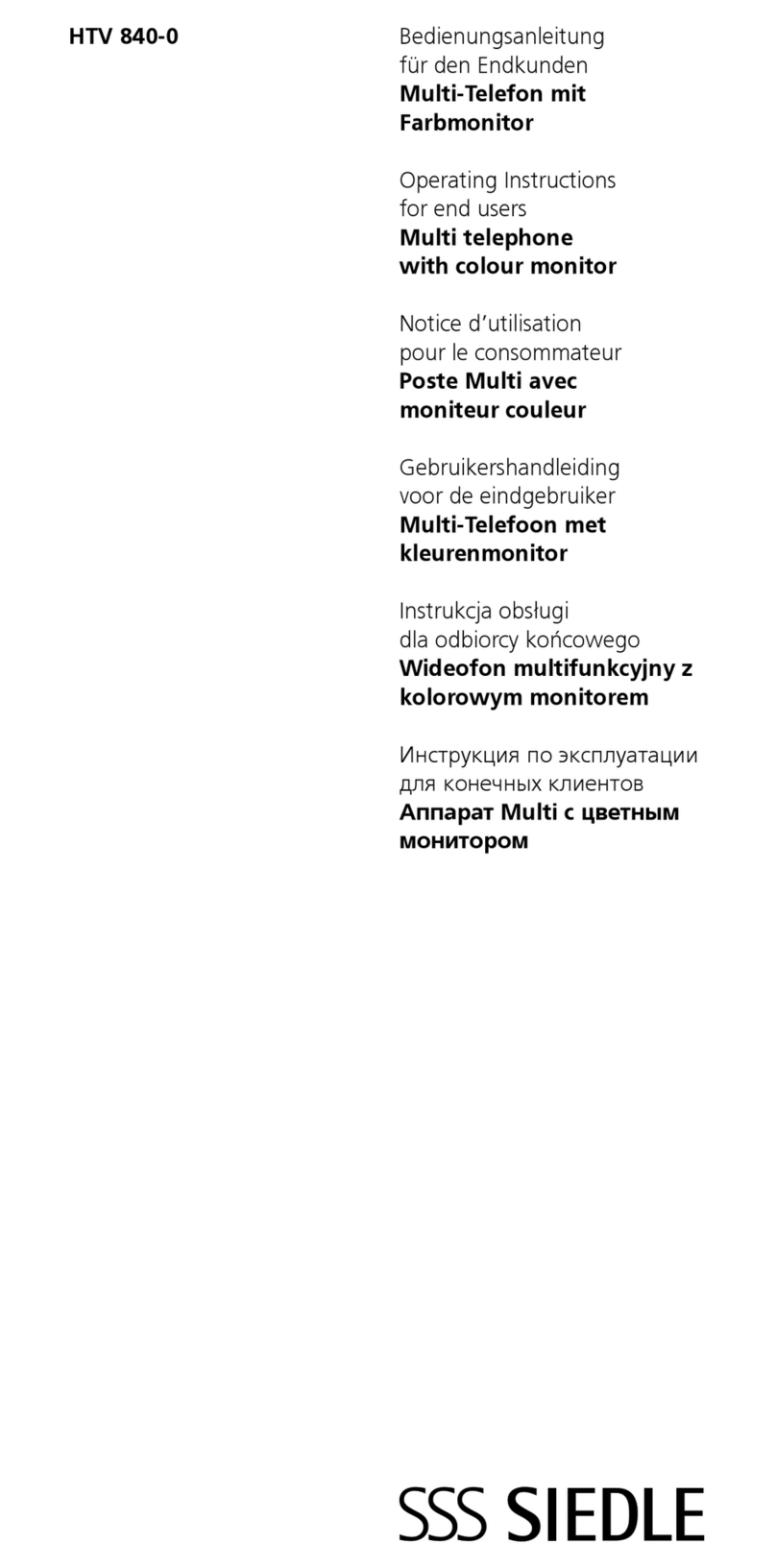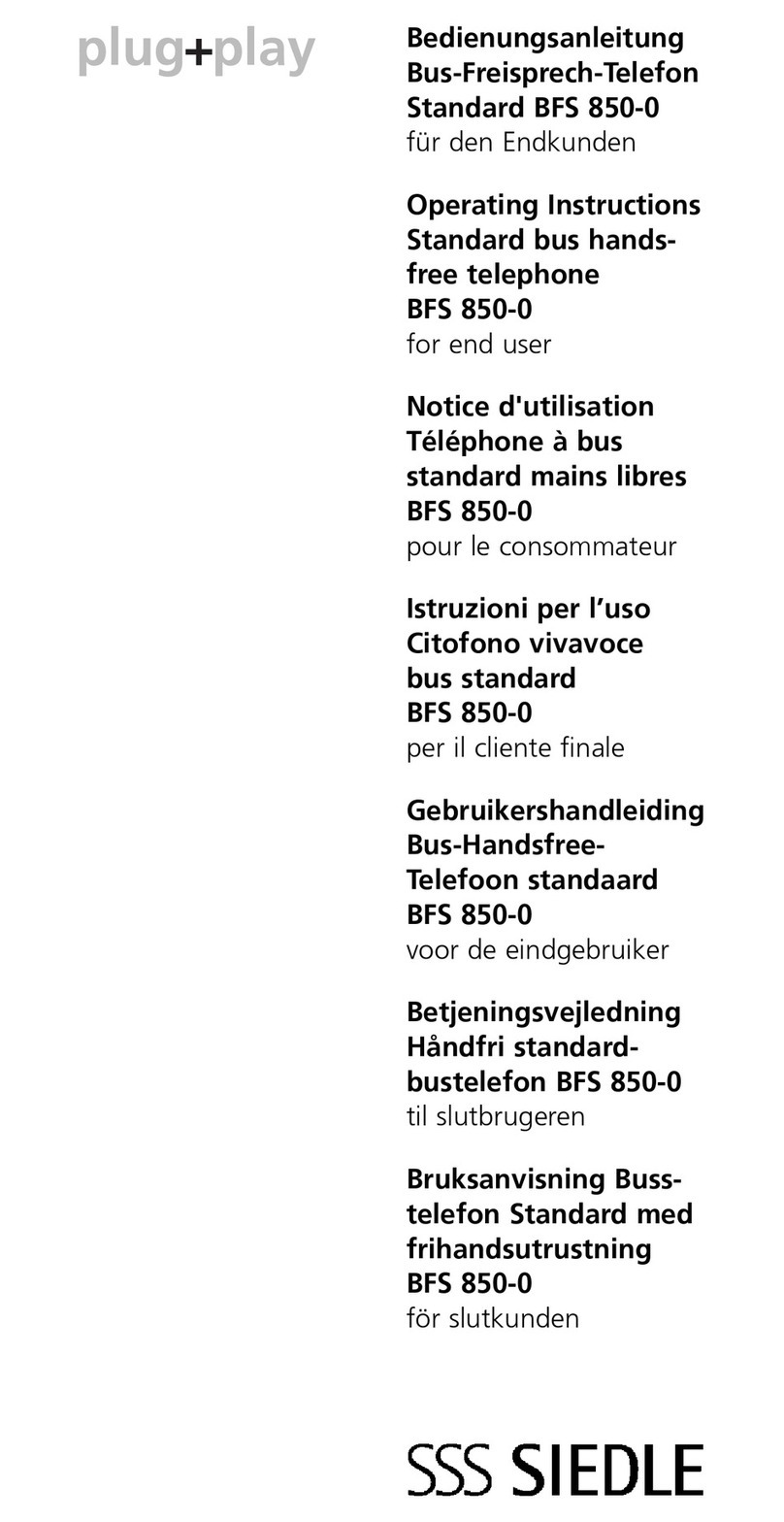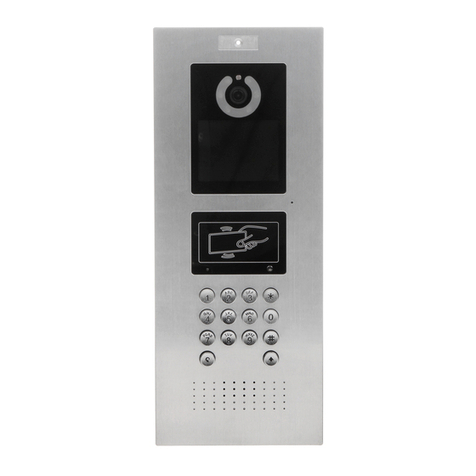SSS Siedle DoorCom Analog Series Installation manual
Other SSS Siedle Intercom System manuals

SSS Siedle
SSS Siedle Siedle HTC 811-0 User manual
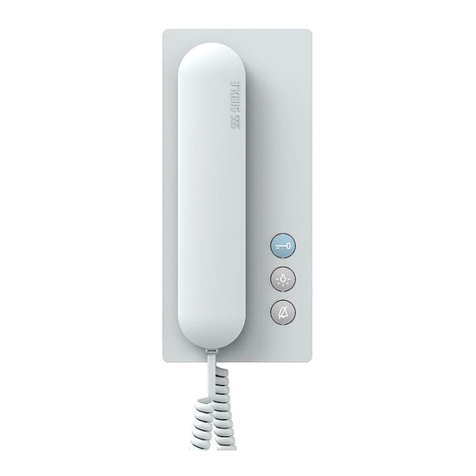
SSS Siedle
SSS Siedle BTS 850-02 User manual
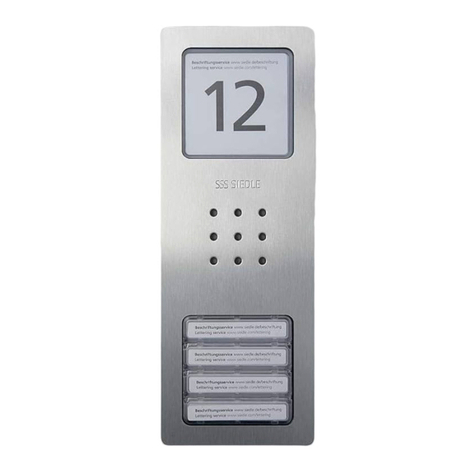
SSS Siedle
SSS Siedle Compact CA 812-1 E User manual
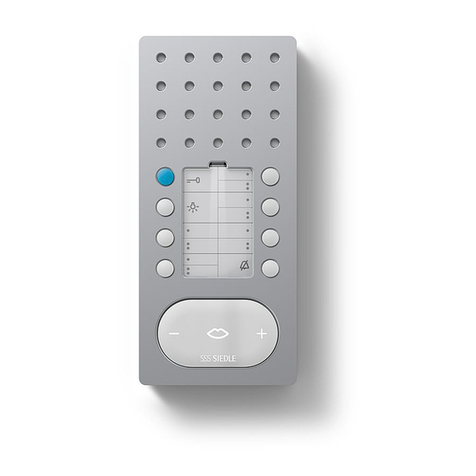
SSS Siedle
SSS Siedle BFC 850 series User manual

SSS Siedle
SSS Siedle SZ 911a-2 Technical manual
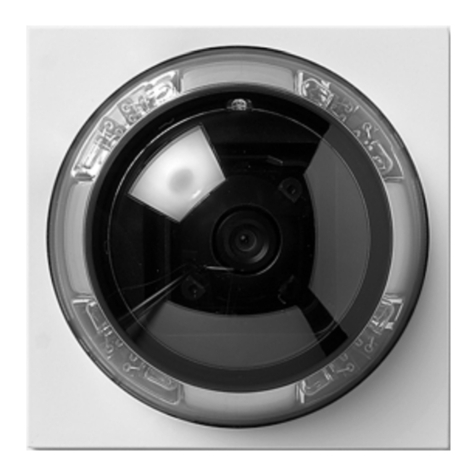
SSS Siedle
SSS Siedle CMM 611-0 User manual
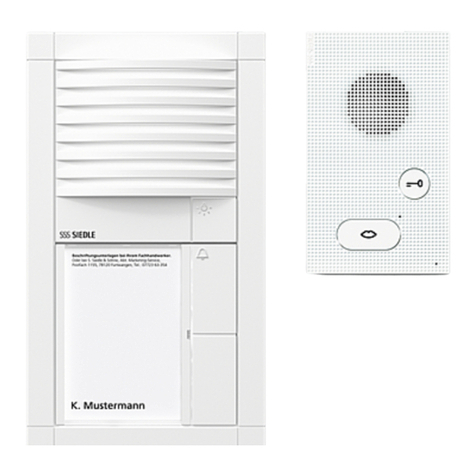
SSS Siedle
SSS Siedle SET VAB 850-1 User manual
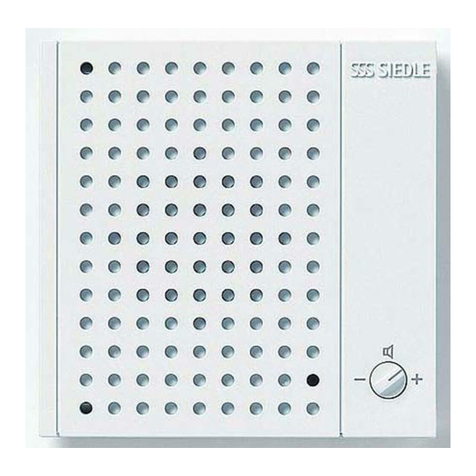
SSS Siedle
SSS Siedle BNS 750-02 User manual
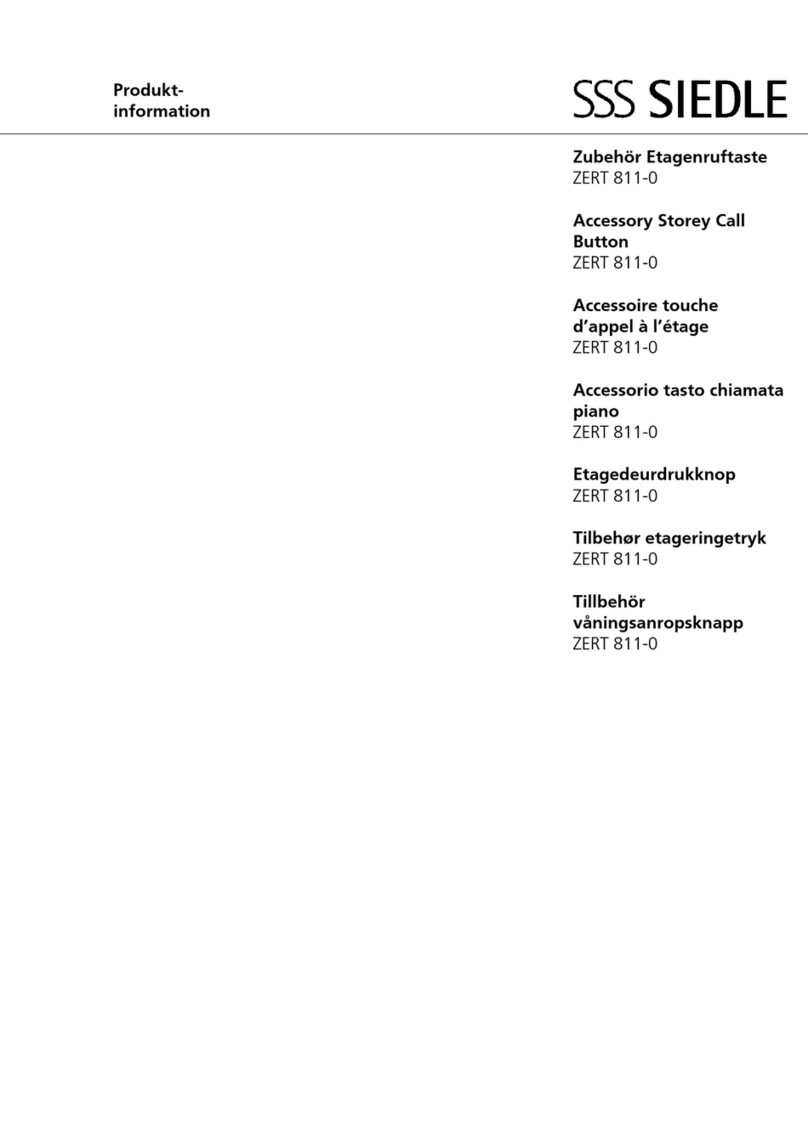
SSS Siedle
SSS Siedle ZERT 811-0 User manual
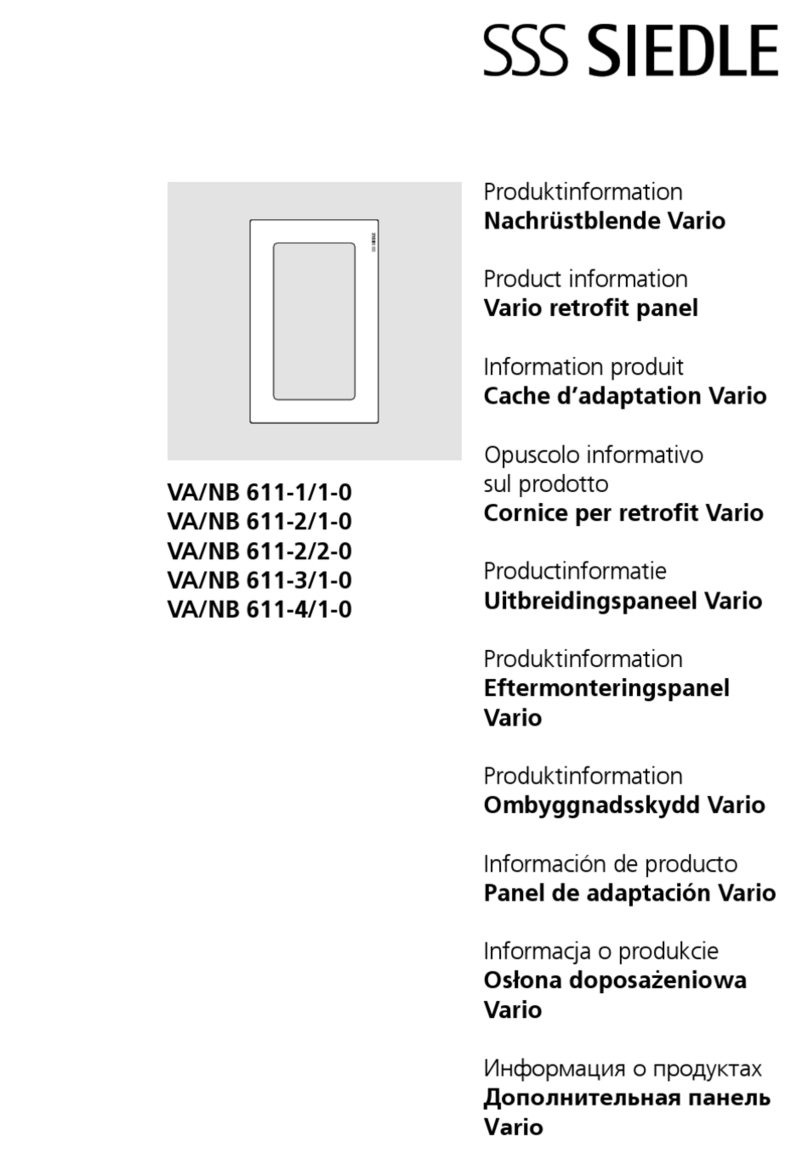
SSS Siedle
SSS Siedle VA/NB 611-1/1-0 User manual
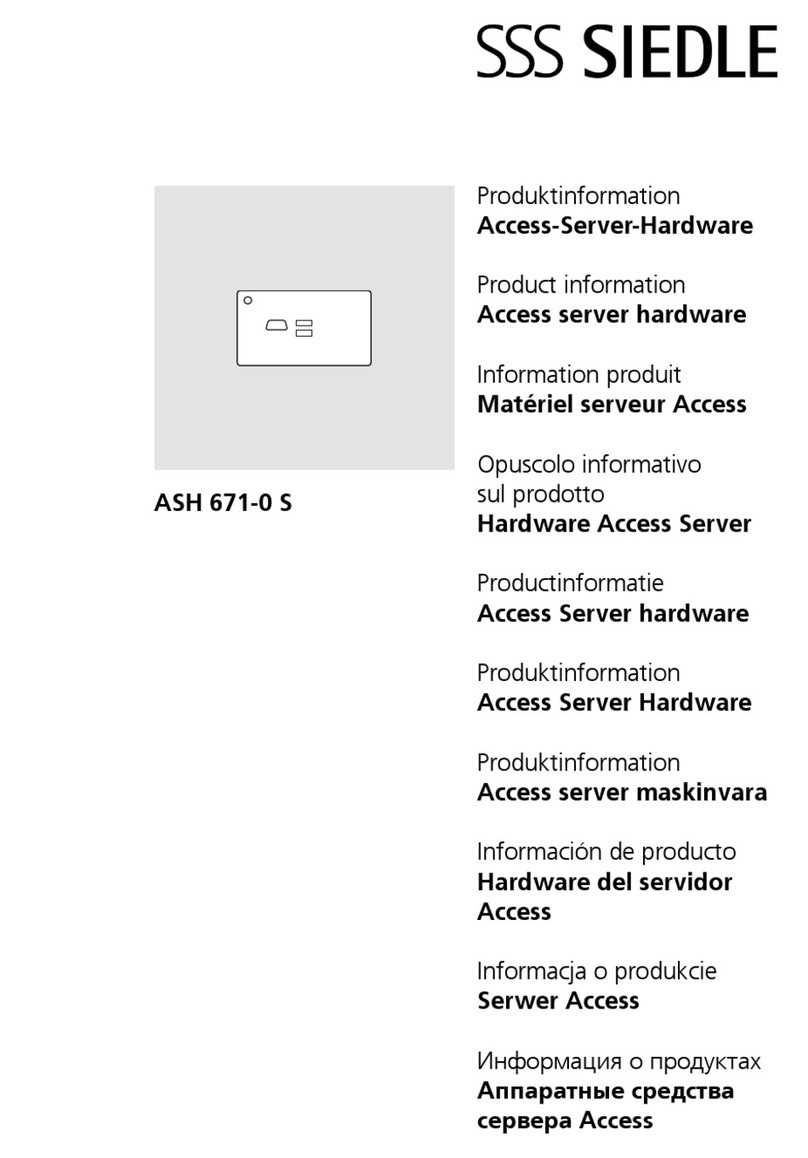
SSS Siedle
SSS Siedle ASH 671-0 S User manual

SSS Siedle
SSS Siedle MOCT 711-0 User manual
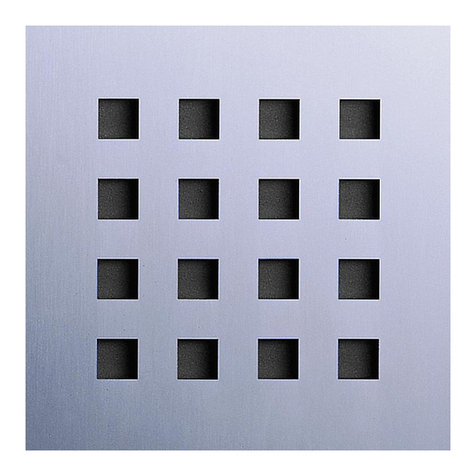
SSS Siedle
SSS Siedle Siedle Steel Access door loudspeaker Plus User manual

SSS Siedle
SSS Siedle Siedle Steel STLM 645-02 User manual

SSS Siedle
SSS Siedle BTS 850-02 User manual
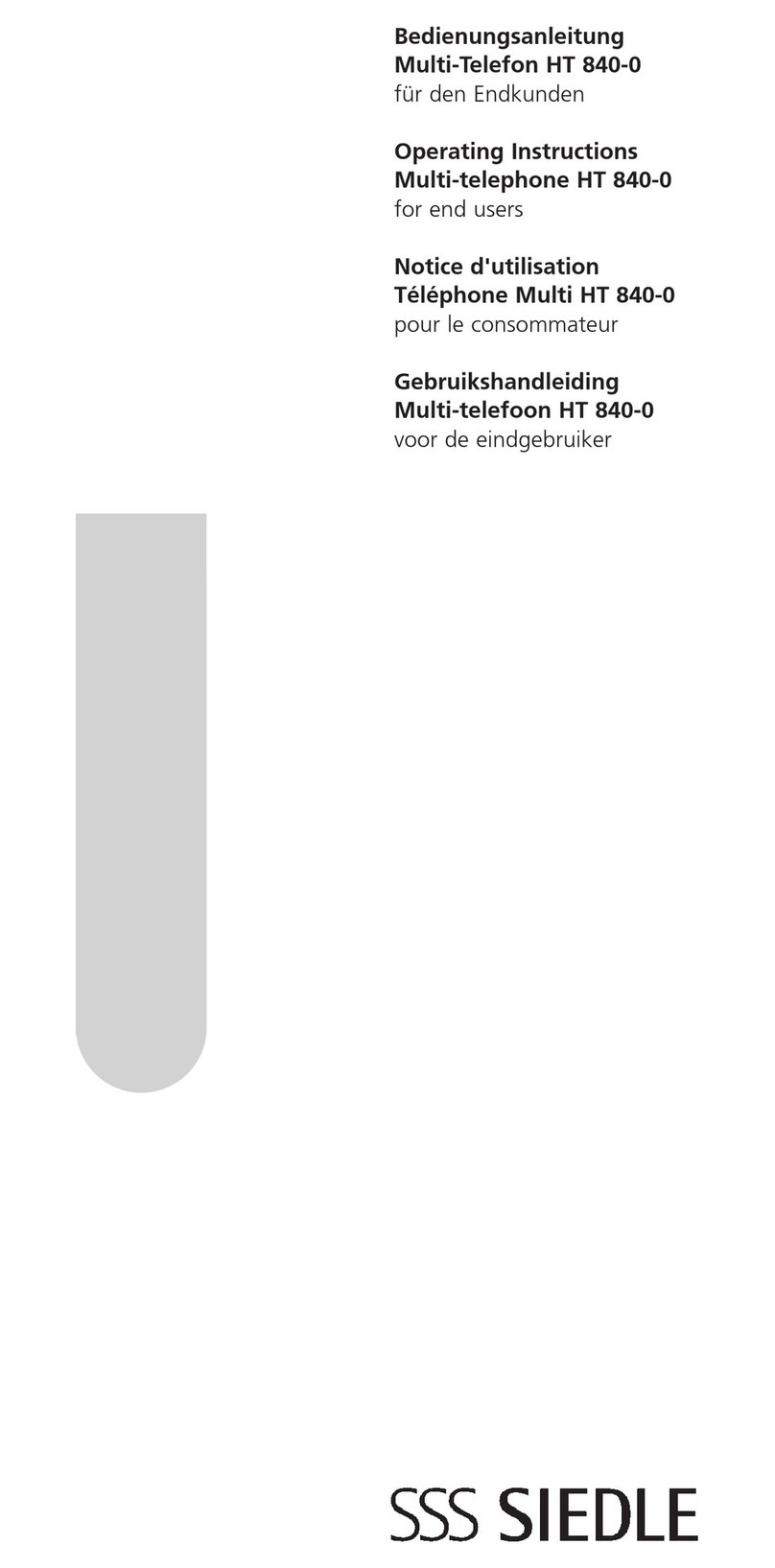
SSS Siedle
SSS Siedle HT 840-0 User manual

SSS Siedle
SSS Siedle MO 950-01/10 C User manual

SSS Siedle
SSS Siedle BTC 850-0 User manual
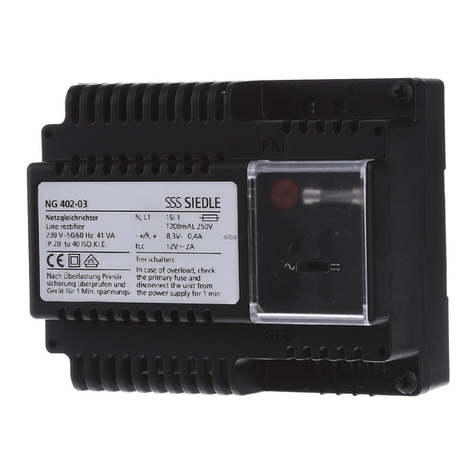
SSS Siedle
SSS Siedle NG 402-03 User manual

SSS Siedle
SSS Siedle DCI 600-0 User manual
Popular Intercom System manuals by other brands

MGL Avionics
MGL Avionics V16 manual

urmet domus
urmet domus AIKO 1716/1 quick start guide

urmet domus
urmet domus IPerVoice 1039 Installation

Alpha Communications
Alpha Communications STR QwikBus TT33-2 Installation, programming, and user's manual

Monacor
Monacor ICM-20H instruction manual

Logenex
Logenex A202CR Installation & programming
